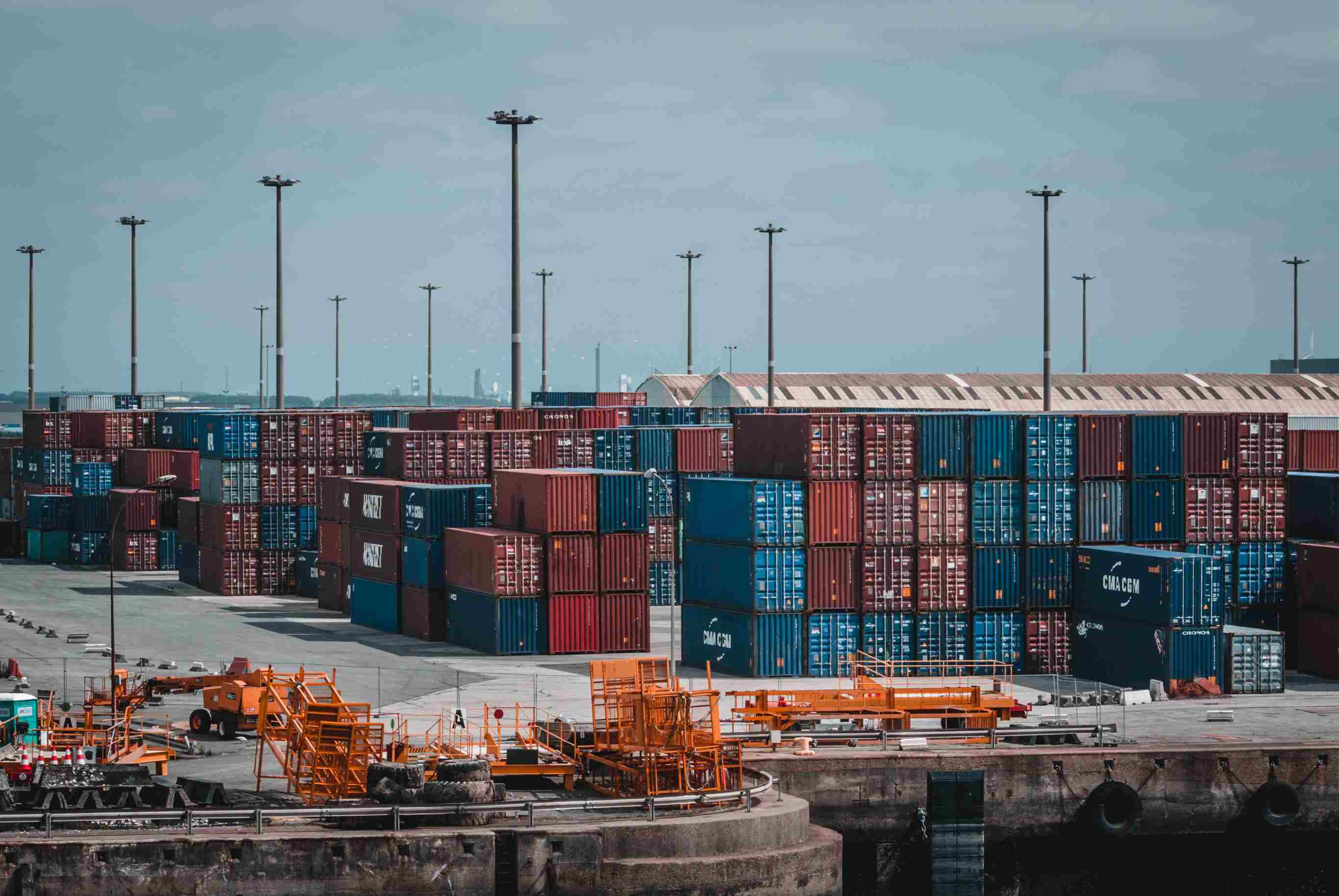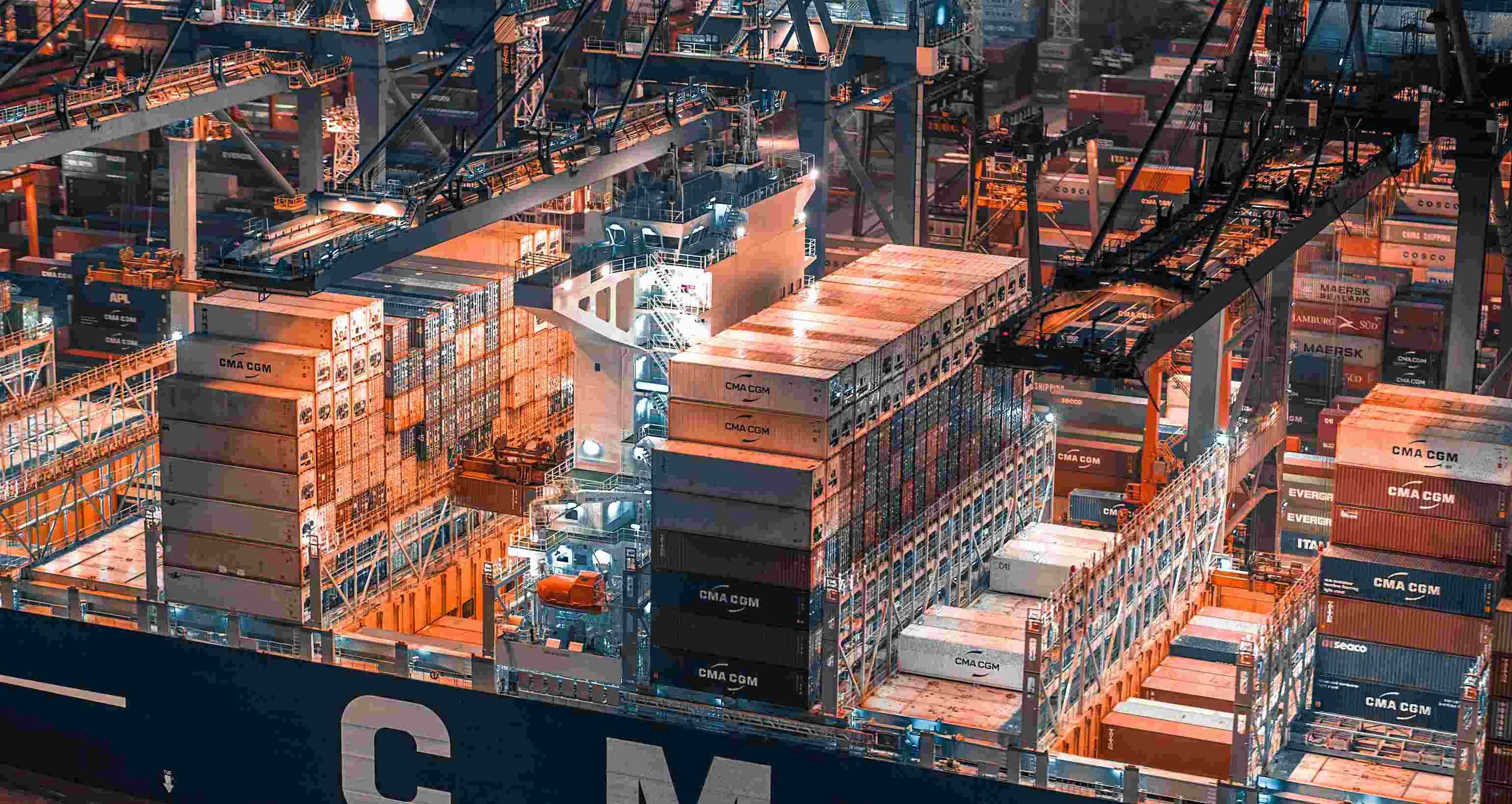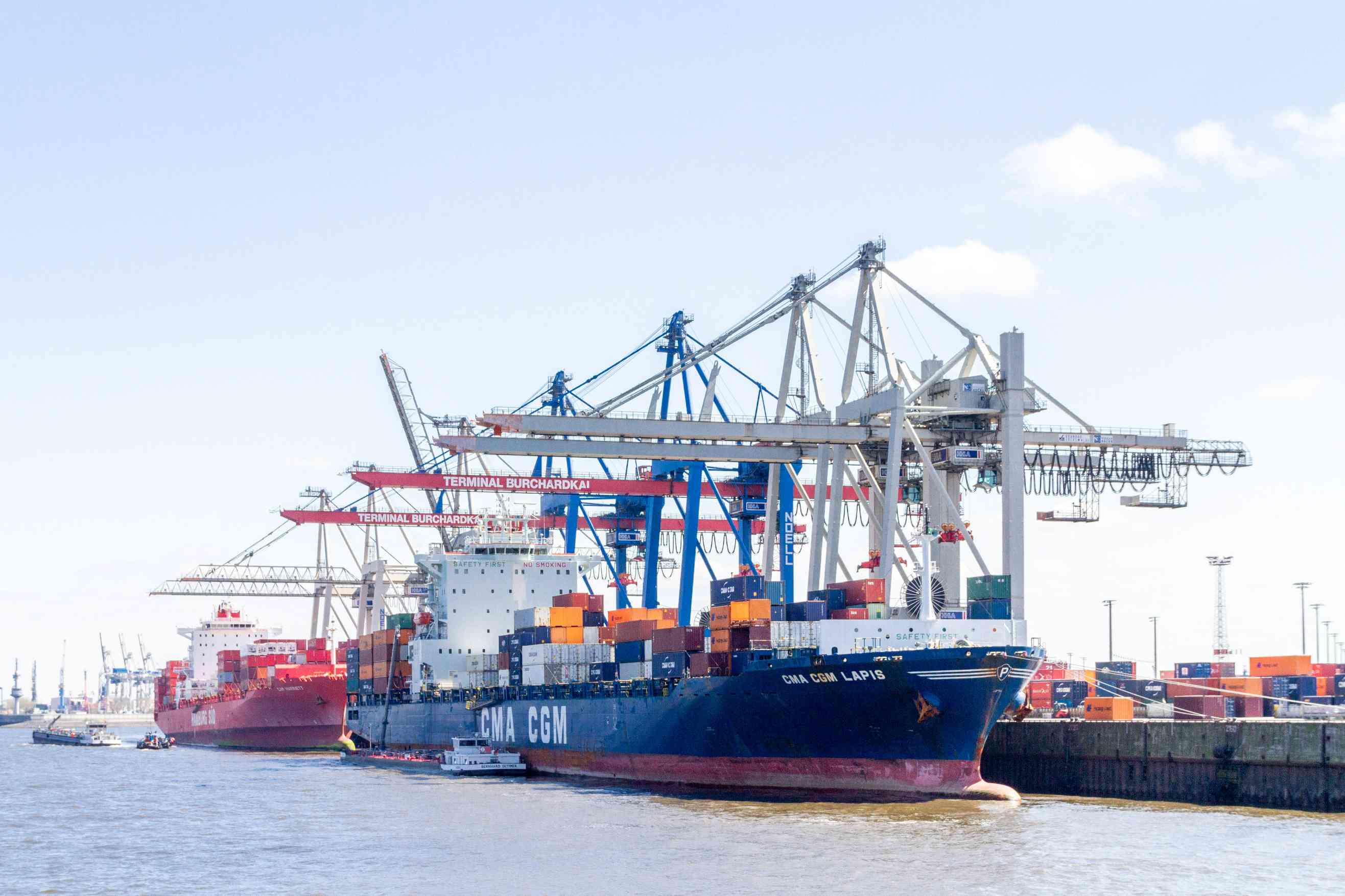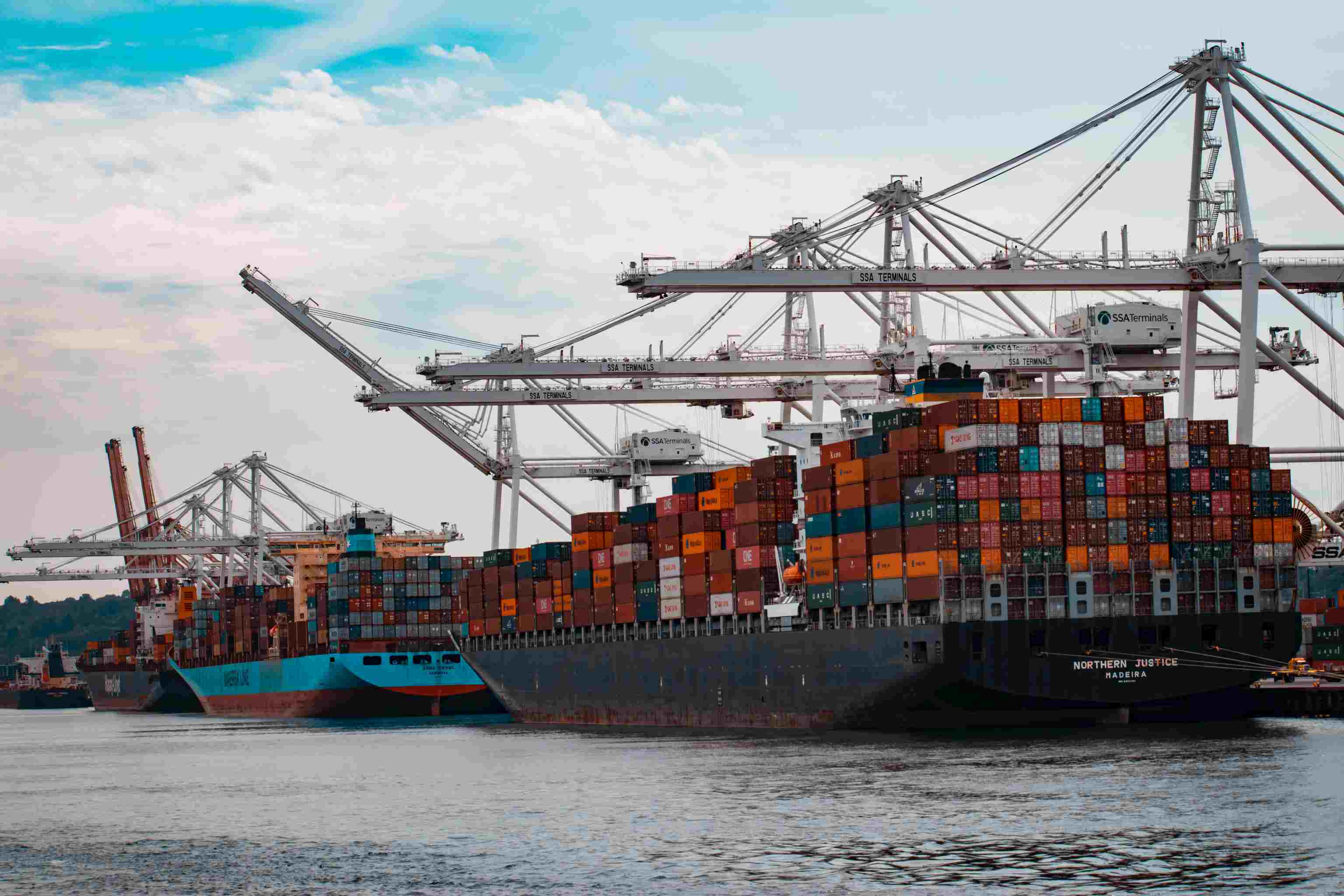Top 5 Factors That Impact Sea Shipment Transit Time
1. Weather and Environmental Conditions
The unpredictable nature of the sea demands respect. Weather patterns, from gentle breezes to raging storms, can significantly affect transit time. Calm seas promote faster voyages, while turbulent waters lead to delays.Hurricanes, typhoons, and heavy fog are notorious disruptors. Storms can force vessels to alter routes, seek shelter, or endure rough seas, all of which extend the journey.
Seasonal changes, such as monsoons and winter ice, can also influence transit times. Navigating through icy waters or waiting for monsoons to subside can be time-consuming.
2. Port Congestion and Infrastructure
Ports serve as the gateways between land and sea. Efficiency in port operations is crucial for maintaining transit time. Well-managed ports can swiftly load and unload cargo, reducing the time a vessel spends at the dock.Congestion, often a result of a surge in shipping activity, can lead to significant delays. Overcrowded ports mean longer waiting times for vessels, ultimately impacting transit time.
Inadequate infrastructure, including outdated cranes and limited berths, can result in bottlenecks. These shortcomings can disrupt the entire supply chain and extend transit times.
3. Vessel Routing and Speed
Optimal route selection is a strategic decision. Longer routes may take more time but could be worthwhile if they avoid congestion or adverse weather conditions.Some shipping companies opt for "slow steaming" to save fuel and reduce emissions. While this may lengthen transit time, it has environmental benefits and can be cost-effective.
Investing in faster vessels equipped with advanced technology can reduce transit time. These vessels can navigate rough waters more efficiently and arrive at their destinations sooner.
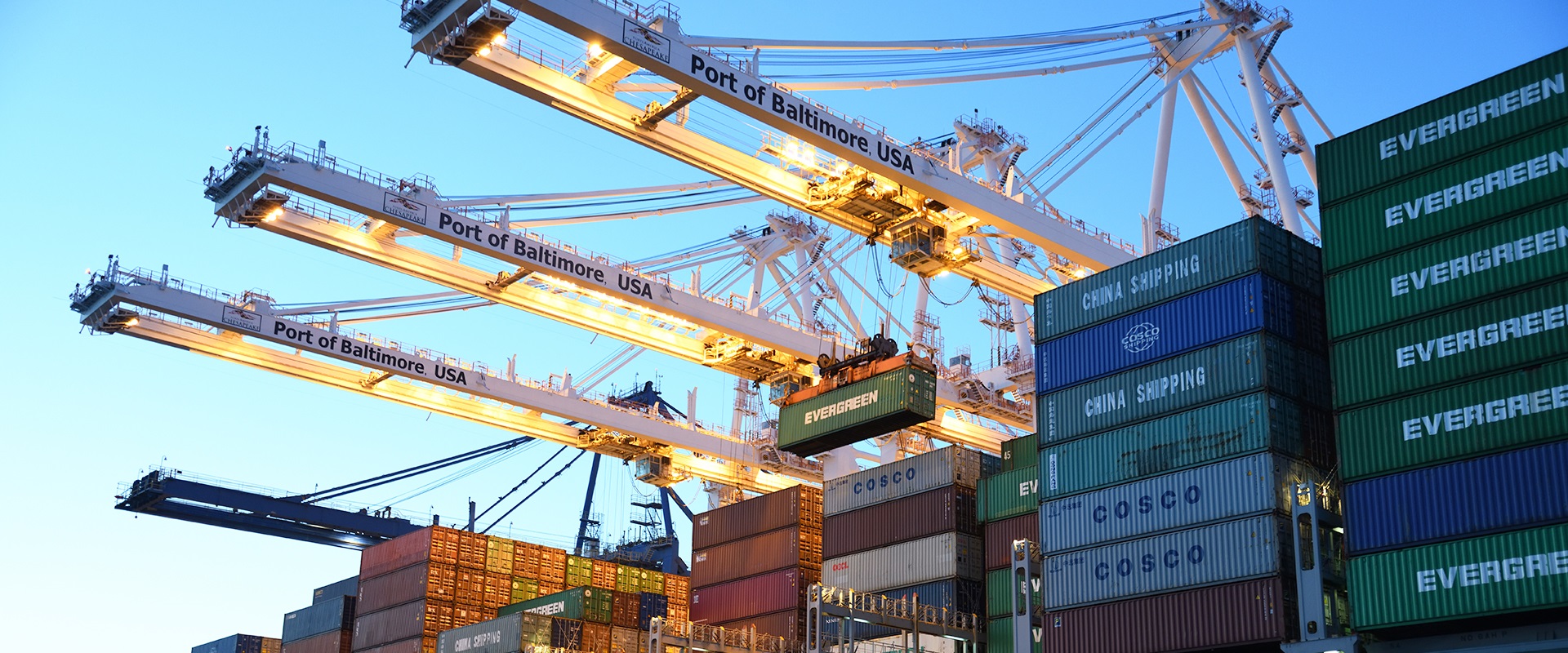
4. Customs and Documentation
Adhering to customs regulations is essential. Failure to comply can lead to delays as cargo is inspected or rejected.Another crucial factor is accurate and complete documentation. Incomplete or incorrect paperwork can stall customs clearance, resulting in prolonged transit times.
Employing customs experts or utilizing electronic systems for documentation can streamline the process, reducing delays and ensuring faster transit times.
5. Cargo Handling and Stowage
Proper cargo handling and stowage prevent damage during transit. Mishandled cargo can lead to unscheduled stops for repairs, increasing transit time.Containerization, while efficient, can sometimes lead to delays if containers need to be rearranged or if there is a shortage of specific container types.
Investing in advanced cargo-handling equipment and efficient loading and unloading procedures can reduce delays and contribute to shorter transit times.
Final Word
Understanding and mitigating the factors that impact sea shipment transit time is crucial for businesses engaged in international trade. By carefully considering these variables and implementing strategic solutions, companies can optimize their logistics operations, ensuring faster and more reliable sea shipments.In the ever-evolving world of global commerce, efficient sea shipping remains a linchpin of success, and mastering transit time is a vital component of that equation. Looking for a dependable and stress-free logistics solution? Look no further than Haiyuan!
As a professional freight agent in China, our team has the ability to provide you with the ideal sea shipment solution to meet your specific needs. For more information, please don't hesitate to contact us at Overseas@szhyocean.com.
